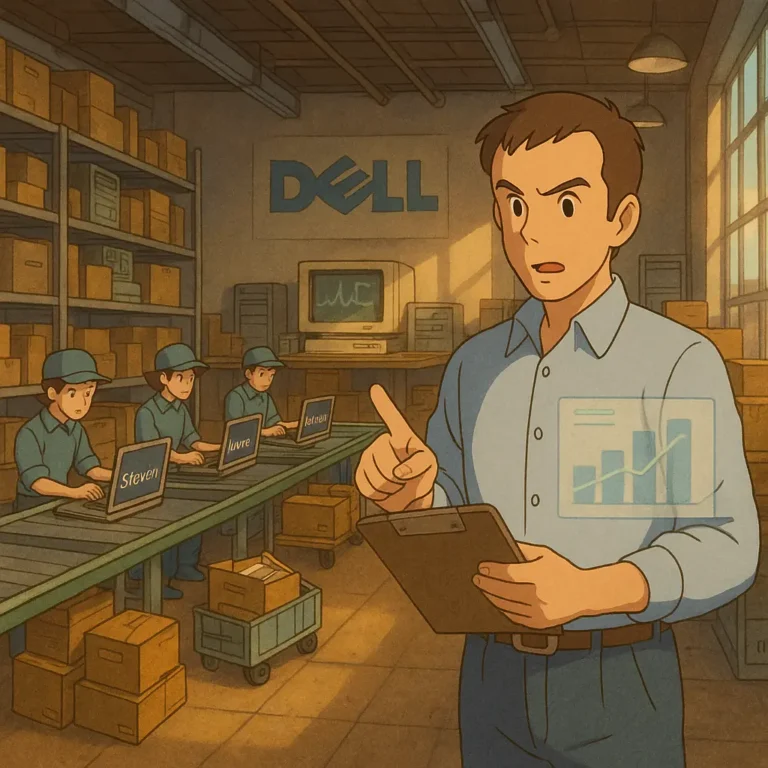
Identifying potential supply chain disruptors has been a major issue for many organizations in the wake of the pandemic, and the constant crisis different countries have faced during that time.
The thing about disruptors is they can be difficult to identify for many supply chains. They usually manifest themselves in the wake of a situation, especially unexpected ones.
For instance, who could have predicted the pandemic or the recent earthquake in Morocco? If your supply chain was operating in that region, it might have sparked all sorts of disruptions you never knew existed.
It has been one coup after coup in Africa for years, even in somewhat stable regions. All of these are unforeseeable, but they impact supply chain disruptions.
Identifying these disruptors can be the difference in how your supply chain handles unexpected delayed and unforeseen downtimes.
1. Mapping the Supply Chain
You can only identify what you can see. This makes mapping a very critical tool in identifying supply chain disruptors.
Mapping entails visualizing your entire supply chain network and operation on a document or computer. It doesn’t have to be difficult when you have the right tools.
When you map out your supply chain, it simplifies your ability to study and identify issues in the supply chain. This issue could be in the sourcing, production, or logistics.
For instance, having one logistics provider can be potentially disruptive, especially if they do not have or have proven the capacity to get around tricky situations.
Relying on such a supplier is a potential supply chain disruptor, and mapping helps you identify them. It doesn’t have to be a logistics. It could also happen in the warehouse or any other other aspect of the supply chain.
2. Identify Supply Chain Risk
Supply chain risks are internal or external factors that impact your supply chain management. They come in varying degrees, and in many cases, they can be controlled.
The risk to your supply chain will greatly determine your supply chain disruptors. For instance, if you partner with a supplier in a region plagued by political tensions or natural crises like hurricanes, you do not have to wait until it boils over to find an alternative or a backup supplier.
That supplier might be reliable, but if the day comes when the supplier is not able to fulfil its obligations to your organization through no fault of theirs, your supply chain might come crashing down.
Other supply chain risks might include security, language barriers, demand volatility, and natural disasters.
By identifying risks to the supply chain, you can identify the disruptors lying in wait or hidden in your supply chain operations.
3. Audit Your Supply Chain Data
Modern supply chain management relies heavily on data and analytics to function properly. However, this data becomes a problem when they are incorrect.
Incorrect data might manifest itself in so many ways. It could be due to inaccurate demand forecasts, wrong supplier capacity information, or wrong supply chain performance data.
When the data is wrong, the supply chain cannot perform optimally, which inadvertently leads to disruptions.
For instance, say your demand forecasts are inaccurate, maybe too much or too low. It puts your supply chain in a difficult bind because it either cannot meet demands or has too much inventory, and in both cases, these cause a loss of revenue.
What if it is wrong information on supplier capacity? Say you have an accurate order to produce 100 items of a particular product.
You expect a week delivery date because you think your manufacturing partner can produce 20 of those items in a day for you. Come to find out, the partner can only produce 10 per day.
The potential for wrong information can be a serious issue for your supply chain, which makes auditing them an essential strategy for identifying supply chain disruptors.
4. Review Relationships with Strategic Suppliers
Suppliers are essential aspects of your supply chain, which makes it important to know where you stand with them at every point, especially with the strategic suppliers.
Your strategic suppliers are more than just vendors providing a service. They are business partners. For instance, Coca-Cola and McDonald’s are not in a supply chain and vendor type of relationship.
A dent in that relationship can cost each party millions of dollars. When your strategic partners feel they are being taken seriously or think promises are not being fulfilled, it can create a rift, ultimately leading to inefficiencies in your supply chain.
For instance, you do not want your manufacturing partner prioritizing other people’s businesses over yours because they have more to gain from those businesses.
Even if you cannot meet their demands, arriving at a mutually beneficial conclusion is usually achievable. If this is not possible, it is important to find another strategic supplier before your current partnership becomes a problem for your supply chain.
5. Evaluate the Market
There is a never-before-seen rate of competition in the current market, which makes it a breeding ground for innovation. If you are not paying close attention, it could overtake your supply chain.
Evaluating the market allows you to constantly find trends in the market and work to implement them in your supply chain.
Typically, this implementation is made possible when there is a culture of continuous improvement in the supply chain.
Periodically evaluating the market also helps you in identifying areas of your supply chain that could potentially become a disruptor.
For instance, warehouse automation is fast becoming a thing, even in Africa. Sticking to the old traditional way of doing things can become counterproductive to your supply chain in no time.

Obinabo Tochukwu Tabansi is a supply chain digital writer & ghostwriter helping professionals and business owners across Africa explore various strategies that work and learn from the success and failures of various supply chains across the globe. He also ghostwrites social content for logistics & supply chain businesses







